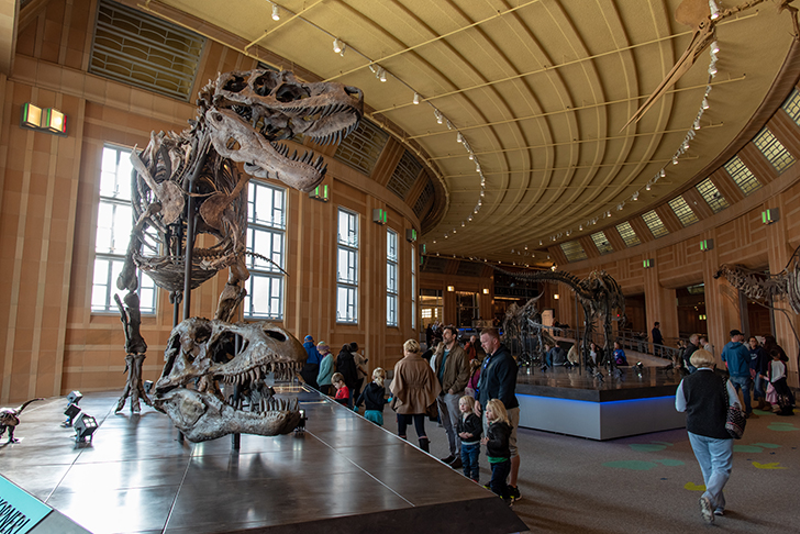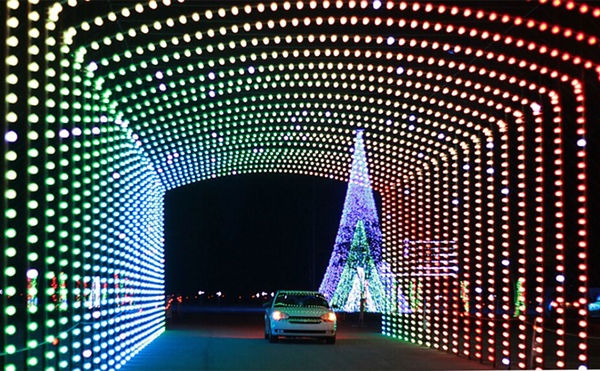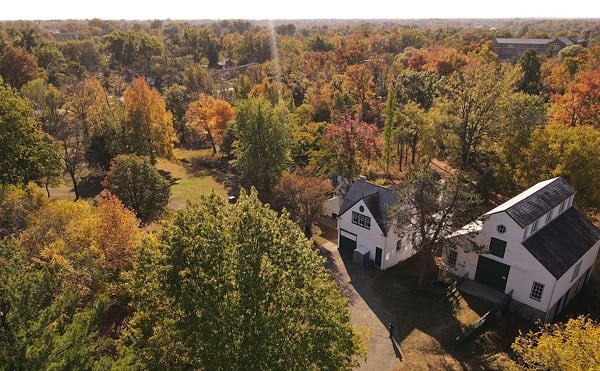1. Ultima Thule Flyby
NASA’s New Horizons’ probe, which performed a flyby of Pluto in 2015, passed within 4,200 miles of Ultima Thule, a snowman-shaped object around 21 miles across. Orbiting the sun in the Kuiper Belt, roughly 4 billion miles away from the Earth, Ultima Thule is the farthest object ever explored by a spacecraft. Bonus: It's totally shaped like BB-8. On Jan. 24, they released the highest-quality photo to date. And, according their press release, we can expect "better color and better resolution" over the next month.
Why does it matter?: Similar to the asteroid belt but 20 times as wide and perhaps 200 times as massive, the Kuiper Belt is a disc of small bodies beyond Neptune, which astronomers believe is made up of leftovers from the formation of the solar system. Understanding objects like Ultima Thule could give us clues to how our solar system, the sun and the different planets came to be.
2. 'Super Blood Moon' Lunar Eclipse
In other astronomical news, a total lunar eclipse could be seen from Cincinnati on Jan. 21 — the first time since 2015. During this lunar eclipse, the moon passed through the earth’s shadow, turning bright red due to sun’s light being bent as it traveled through the earth’s atmosphere. Also known as a “Super Blood Moon," you could liken the red light it emitted to all of the earth’s sunrises and sunsets being projected onto the moon’s surface.
Why does it matter?: This was the last total lunar eclipse to be seen across all of North America until May 2022. In case you missed it, check out Cincinnati Observatory astronomer Dean Regas’ Twitter feed (@DeanRegas) for howl-worthy pics.
I hope everyone got to see at least a glimpse of #lunareclipse2019 Here are just a few pictures I took tonight at @CinObservatory pic.twitter.com/9efO57mZNF
— Dean Regas (@DeanRegas) January 21, 2019
3. National Parks Get Trashed
During the last lapse in federal appropriations in 2013, the Obama Administration made the unpopular but prudent choice to close national parks to the public. It seems the current president, however, would rather save face than save the environment and left the national parks open during the recent partial government shutdown. Since most park employees are considered non-essential and thus furloughed, trash and human waste piled up, trails were not maintained and critical protected habitat became vulnerable, according to AP News.
Three people died in the parks during the shutdown and the Joshua Tree National Park in California was vandalized, with people spray painting rocks, off-roading into the desert habitat and cutting down the parks’ eponymous trees. According to The Cut, the park will feel the effects brought on by the shutdown for 200 to 300 years.
Why does it matter?: Regional parks will feel the effects as well — Great Smoky Mountains, Mammoth Cave and Cuyahoga Valley National Park are all within a half-day’s drive from Cincinnati. The damage from the shutdown could last decades. The parks system is already facing nearly $12 billion worth of backlogged infrastructure projects. The current mess will be expensive to clean, putting other projects on the back burner and making the parks less safe.
4. IBM Sells a Quantum Computer
Q System One was released by IBM as the world’s first quantum computing system for scientific and commercial use. While the press release implies that you could one day purchase one of your own, right now Q System One can only be accessed through the cloud. IBM hasn’t released a price and, generally speaking, if you have to ask, you can’t afford it.
Why does it matter?: All computers today, from your laptop to your smartphone, use a binary digit, 0 or 1, to represent information. Quantum computers can store information at 0, 1 or at any point in between, allowing for an enormous amount of information to be stored while using less energy than a classical computer. If Q System One works as advertised, it would represent a huge leap in technology.
5. Record Carbon Emissions in 2018
Over 37 billion tons of carbon dioxide were dumped into the atmosphere last year, despite promises made in the 2016 Paris Agreement and a world climate conference in Poland this past December. Carbon emissions hadn’t increased from 2014 to 2016, but the rate jumped up the past two years, likely from increased demands for energy due to the world economy dragging itself out of the ditch of the Great Recession.
Why does it matter?: Scientists have been screaming at a brick wall for decades about the looming disaster of climate change. Cincinnati’s summers will get hotter and more humid. (We may currently be in full Polar Vortex mode, but that's just another example of climate change's extreme impacts. Read more here.) While this may be miserable for most us, it could be downright deadly for the elderly or those who don’t have air conditioning in their homes. People who suffer from asthma are also at risk from poor air quality and tropical diseases like Zika and West Nile will start creeping north. Should be a fun century.
What to do this month:
If you haven’t done so already, make sure you check out the dinosaur exhibit at the Cincinnati Museum Center. The CMC has six massive dinosaur specimens from the Jurassic Period, five of which are on display to the public for the first time. This includes a 60-foot-long Galeamopus unearthed by the Museum Center’s vertebrate paleontologist Glenn Storrs, the most complete specimen of its species in the world. Starting Feb. 14, Egypt: The Time of the Pharaohs — with artifacts dating back 4,500 years — will come to CMC. Be among the first not only the Queen City, but in the United states to explore the new exhibit, which includes the coffin of Nakht, a bust of pharaoh Hatshepsut and a gold and garnet necklace from the Ptolemaic period. For more info visit cincymuseum.org.







